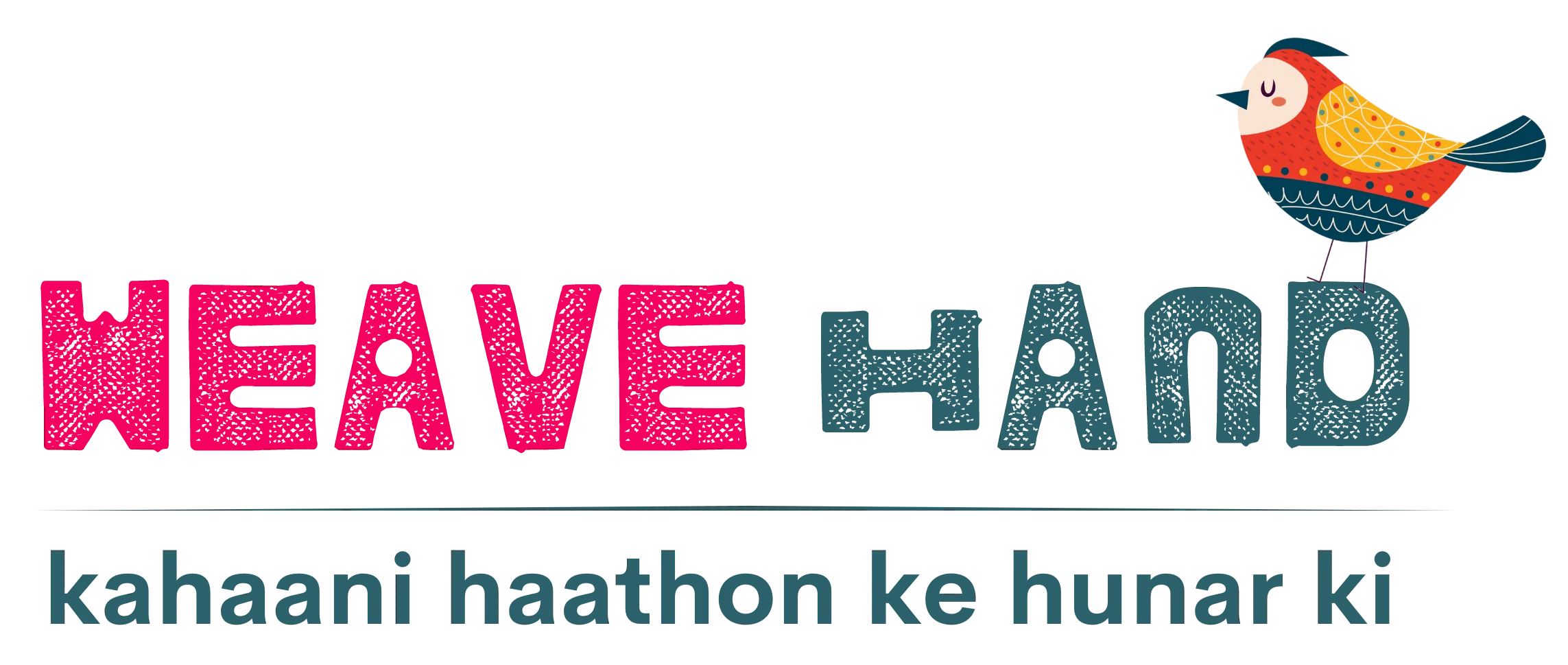The art of block printing: understanding the process and its popularity
Block printing is an age-old technique
of printing patterns onto fabric, paper, and other materials using hand-carved
wooden blocks. This method of printing has been used for centuries in various
parts of the world, and continues to be popular due to its intricate designs
and cultural significance. In this blog, we will explore the art of block
printing, its process, and its popularity.
The Process of Block Printing
Block printing involves several steps,
starting with the design. The design is first drawn onto a piece of paper or
fabric. This design is then transferred to a wooden block using a pencil or
carbon paper. Once the design is transferred, the block is carved by hand using
a chisel or knife. The carving process is intricate and requires skilled
artisans to ensure that the design is accurate and the edges of the design are
sharp and distinct.
After the carving is complete, the block
is ready to be printed. The block is dipped into ink or dye, and the design is
stamped onto the fabric or paper using a rolling pin or similar tool. The
process is repeated to create a repeating pattern.
Block Printing and Popularity
Block printing has gained popularity for
several reasons. First, it allows for intricate and detailed designs to be
created on fabric or paper. The use of natural materials such as wood and
natural dyes also appeals to those interested in sustainable and eco-friendly
products. Additionally, block printing is often associated with traditional
cultures and has a rich cultural history.
Block printing is particularly popular
in India, where it is known as "hand-block printing." The state of
Rajasthan is particularly well-known for its block-printed textiles, which
feature bold, colorful designs. Other regions in India known for block printing
include Gujarat, Andhra Pradesh, and Madhya Pradesh.
Block printing is also used in other
parts of the world, including Indonesia, where it is known as batik, and Japan,
where it is known as katazome. In recent years, block printing has gained
popularity in the fashion industry, with many designers incorporating
block-printed textiles into their collections.
Impact on Culture and Economy
The art of block printing has a rich
cultural history and continues to be an integral part of many cultures. In
India, for example, block printing is not only a source of income for many
artisans but also plays a significant role in traditional ceremonies and
festivals.
Block printing has also had a positive
impact on the local economy. The artisanal nature of block printing means that
it is labour-intensive, requiring skilled artisans to create the intricate
designs. This has created employment opportunities in many regions where block
printing is practiced. Additionally, the popularity of block-printed textiles
has led to increased demand, which has further boosted the local economy.
Block printing is an art form that has
stood the test of time and continues to be popular due to its intricate
designs, use of natural materials, and cultural significance. The process of
block printing requires skilled artisans and is labour-intensive, which has
created employment opportunities and had a positive impact on local economies.
With its rich history and unique designs, block printing is sure to continue to
captivate people around the world for years to come.
